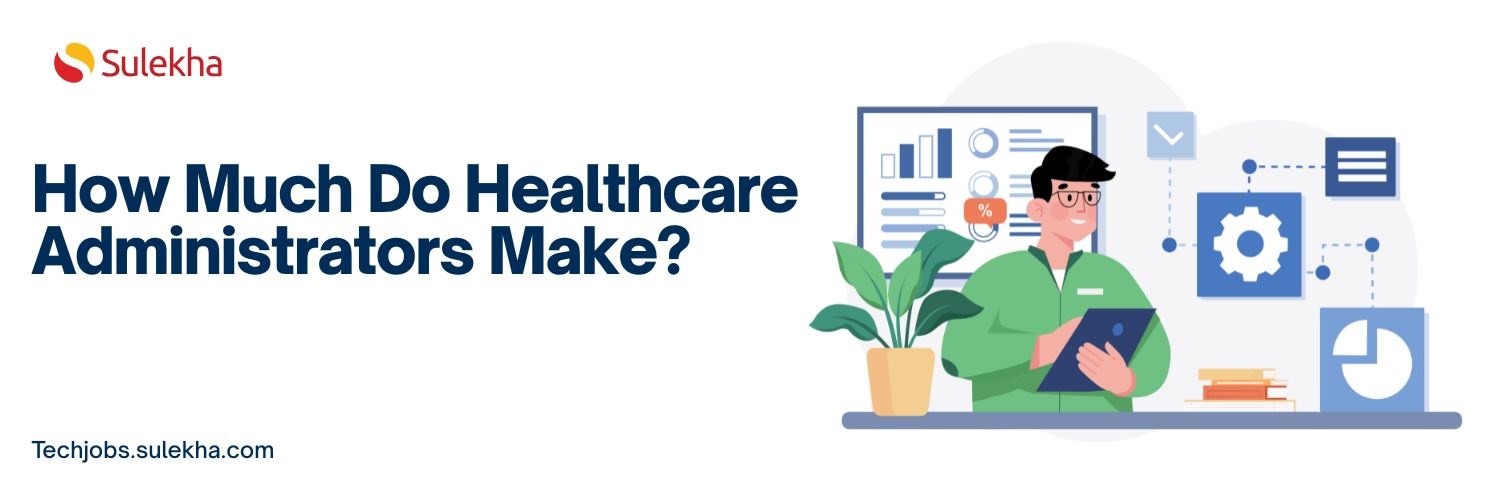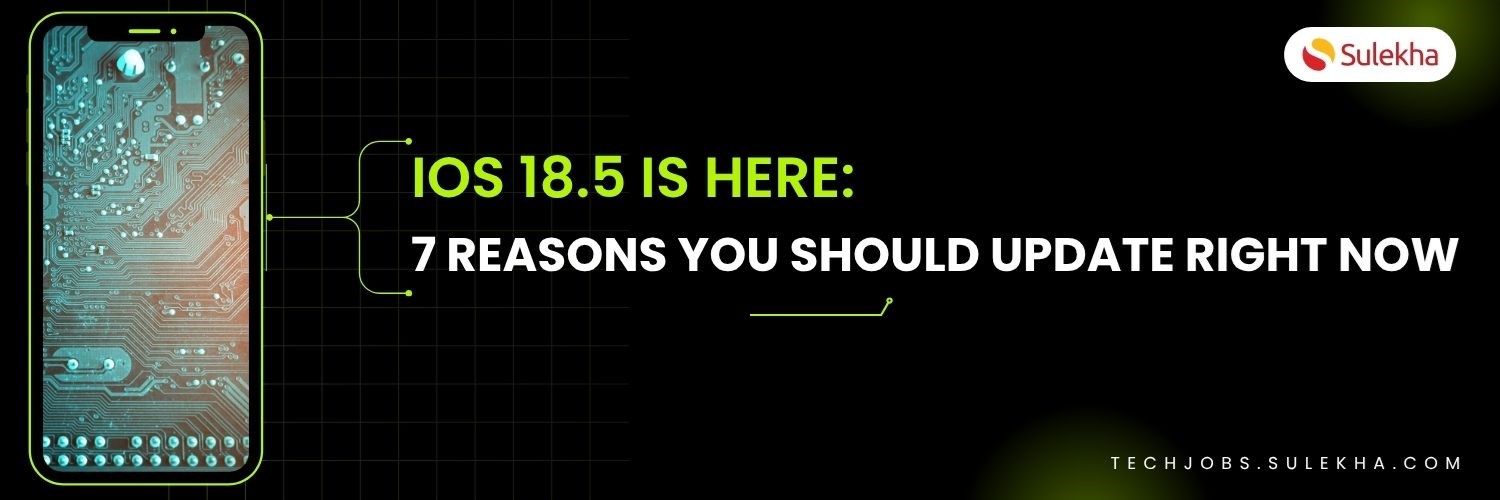Every student coming to the USA, or the ones who are studying here, often wonder whether they can legally work as a student on their visa in America. If yes, then how can they work after graduating?
Indeed, students are all excited to work and make some quick bucks at the same time. A large number of students come to USA to work and earn a dream job. If you are on a student F1 visa, you can work on-campus in the USA. In addition, you can also work post 9 months after entering the USA. You can also work with several options under guided practical training, also known as Curricular Practical Training (CPT) and Optional Practical Training (OPT).
Curricular Practical Training (CPT) – What is it?
CPT is mainly for students who want to work as well as gain experience in their respective field of study while they are working. Generally, most schools in the USA allow students to start working on their CPT after the 2nd semester or after 9 months of entering the country. It is necessary that students work with their respective academic department of specific school within the same university in order to get the CPT.
Typically, you can get credits for working under CPT – it means you can be a part of the degree requirement credits for an award of your degree. In addition, you can also consider this to be your legal right to work for potential employers who want to give you an opportunity while you are still studying. Typically, this system is called Internship or Co-op for employers when they offer a job. You can even get paid when you are working on CPT.
However, there are some schools that don’t allow CPT if you are not residing in the locality or city. Also, you can work in CPT only up to your graduation period. You need to work with the Designated School Official (DSO) or the International Student Adviser for processing CPT application and issue a new I-20 that indicates the same. Students shouldn’t work for more than a year (12 months) in CPT. In case if they do so, they cannot get OTP.
Optional Practical Training (OPT) – What is it?
OPT has been designed to offer an opportunity to students to work in their respective field of education. It’s a training given for a span of 12 months for degree holders with an additional option to extend the same for 17 months only for STEM (Science, Technology, Engineering and Mathematics) Degree holders.
There are 2 types of OPT:

- Pre-completion OPT: This is something that students can use to work only in their specific area of study before graduation.
- Post-completion OPT: In this case, students can work in their specific field of study after graduation.
Students who opt for pre-completion OPT, their respective time limit is deducted from their 12 months OPT time limit. Students can then take up part-time work for up to 20 hours on pre-completion.
Major Differences between CPT and OPT
- In case of CPT, there are credits that can be earned for degree program completed. For example, if you’ve enrolled in a credit part-time CPT for 3 seasons, you can get 3 credits that is added to your degree total credits. Whereas, OPT has no such credit system.
- CPT can be utilized only as a part of your degree program when you are already enrolled in a full-time school. Whereas, OPT is a scheme that can be used when you are still in school but using pre-completion OPT option and post-completion option after graduation.
Take the next step towards your professional goals in
Don't hesitate to talk with our course advisor right now
Receive a call
Contact NowMake a call
+1-732-338-7323Related blogs on General to learn more

Valuable real-world experience and career opportunities in U.S.
Gaining real-world experience in the United States can be incredibly valuable for your career. It is important to obtain practical experience while studying or working in the United States. Pursuing career opportunities in the United States can signi

Steps to be taken when Optional Practical Training (OPT) comes to an end
OPT means Optional Practical Training especially for those students who are enrolled or about to complete their degree in the United States of America and can work either during their vacation or leave term or even after completion of their course an

Optional Practical Training (OPT) is employment provided by Sponsors
OPT means Optional Practical Training especially for those students who are enrolled or about to complete their degree in the United States of America and can work either during their vacation or leave term or even after completion of their course an

Optional Practical Training (OPT) for students to experience their learning practically
What do you mean by OPT?Optional Practical Training (OPT) can indeed be a critical step towards building your professional career in the United States.

Optional Practical Training (OPT), the next step towards your profession
What do you mean by OPT?Optional Practical Training (OPT) can indeed be a critical step towards building your professional career in the United States.

90 Day limitation on unemployment during OPT
What do you mean by OPT?OPT means Optional Practical Training especially for those students who are enrolled or about to complete their degree in the United States of America and can work either during their vacation or leave term or even after compl

Mandatory Online Tutorial before applying for OPT
What are the mandatory online tutorial before applying for OPT?Many universities require students to complete a mandatory online tutorial before applying for OPT. This tutorial typically covers important information about the OPT application process,

Opportunity for F-1 Students to gain valuable work
What do you mean by F-1 students?F-1 students are international students who come to the United States to pursue academic studies or language training programs at accredited U.S. colleges, universities, or other educational institutions.

Optional Practical Training (OPT) - Texas
Explore OPT in Texas, covering application timelines, work requirements, and key details on STEM extensions and travel considerations for F-1 students.

Optional Practical Training (OPT) - New York
Learn about Optional Practical Training (OPT) in New York, including eligibility, application process, duration, and key reporting requirements for F-1 students.
Latest blogs on technology to explore

Understanding Artificial Intelligence: Hype, Reality, and the Road Ahead
Explore the reality of Artificial Intelligence (AI) — its impact, how it works, and its potential risks. Understand AI's benefits, challenges, and how to navigate its role in shaping industries and everyday life with expert training programs

How Much Do Healthcare Administrators Make?
Discover how much healthcare administrators make, the importance of healthcare, career opportunities, and potential job roles. Learn about salary ranges, career growth, and training programs with Sulekha to kickstart your healthcare administration jo

How to Gain the High-Income Skills Employers Are Looking For?
Discover top high-income skills like software development, data analysis, AI, and project management that employers seek. Learn key skills and growth opportunities to boost your career.

What Companies Expect from Product Managers in 2025: Skills, Tools, and Trends
Explore what companies expect from Product Managers in 2025, including essential skills, tools, certifications, and salary trends. Learn how to stay ahead in a rapidly evolving, tech-driven product management landscape.

Breaking Into AI Engineering: Skills, Salaries, and Demand in the US
Discover how to break into AI engineering with insights on essential skills, salary expectations, and rising demand in the US. Learn about career paths, certifications, and how to succeed in one of tech’s fastest-growing fields.

Cybersecurity Training: Powering Digital Defense
Explore top cybersecurity training programs in the USA to meet rising demand in digital defense. Learn about certifications, salaries, and career opportunities in this high-growth field.

Why Pursue Data Science Training?
Empower your career in a data-driven world. Learn why data science training is crucial for high-demand jobs, informed decisions, and staying ahead with essential skills.

What Does a Cybersecurity Analyst Do? 2025
Discover the vital role of a Cybersecurity Analyst in 2025, protecting organizations from evolving cyber threats through monitoring, threat assessment, and incident response. Learn about career paths, key skills, certifications, and why now is the be

Artificial intelligence in healthcare: Medical and Diagnosis field
Artificial intelligence in healthcare: Medical and Diagnosis field

iOS 18.5 Is Here: 7 Reasons You Should Update Right Now
In this blog, we shall discuss Apple releases iOS 18.5 with new features and bug fixes